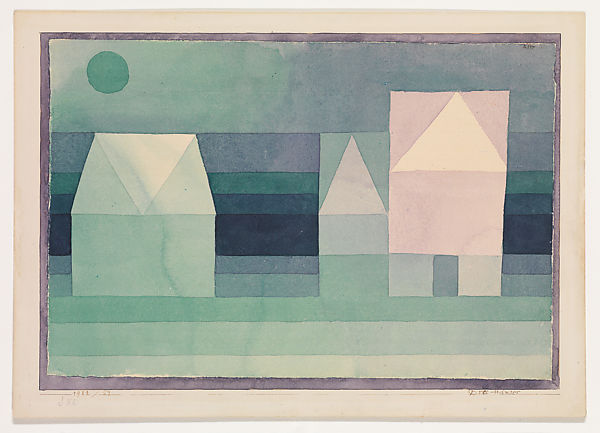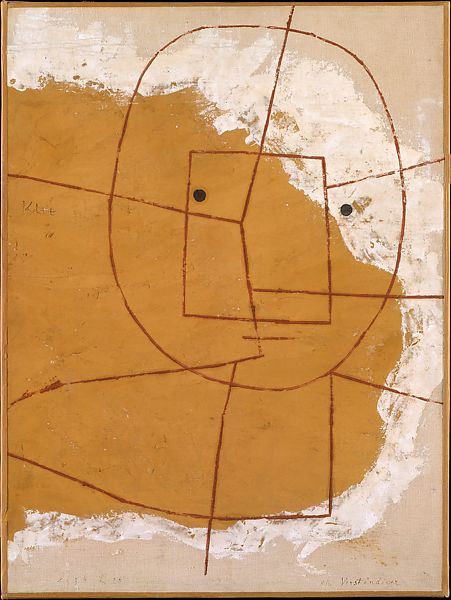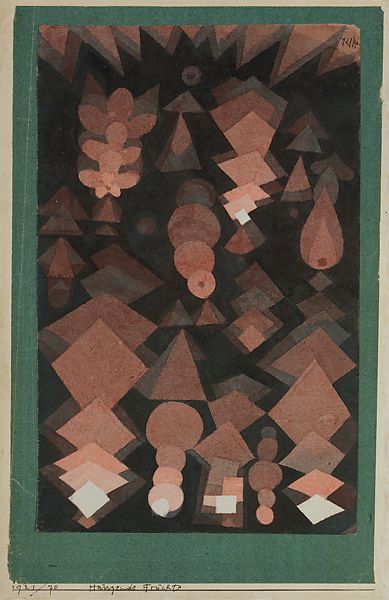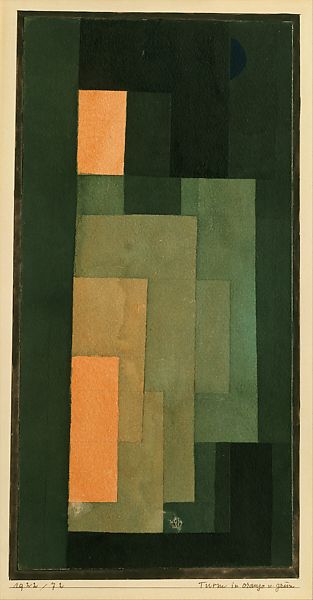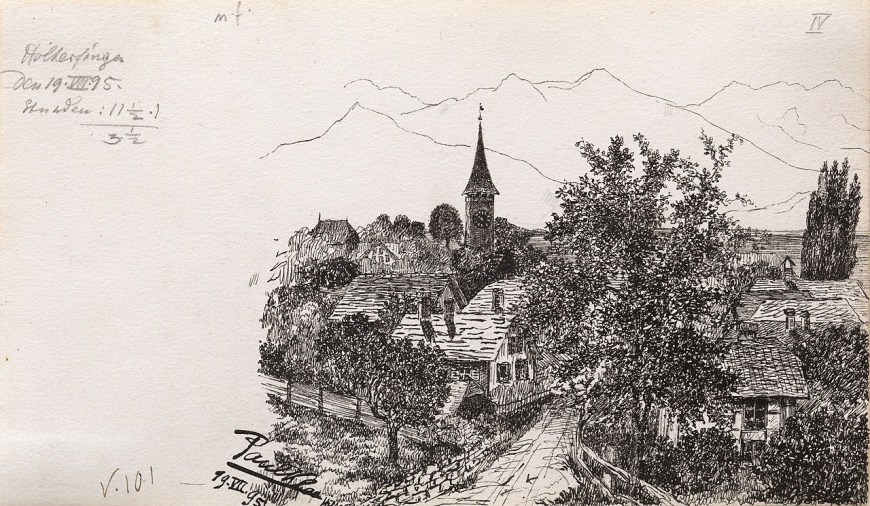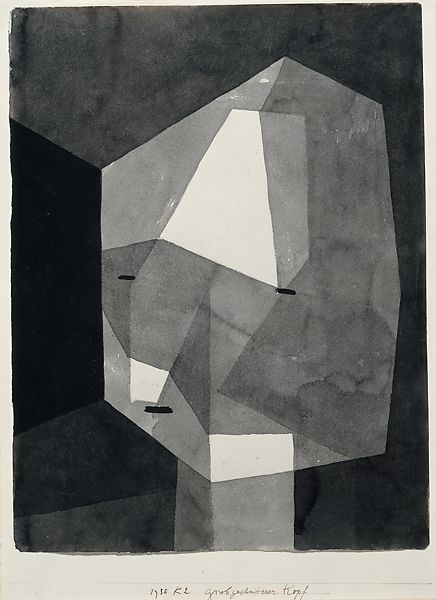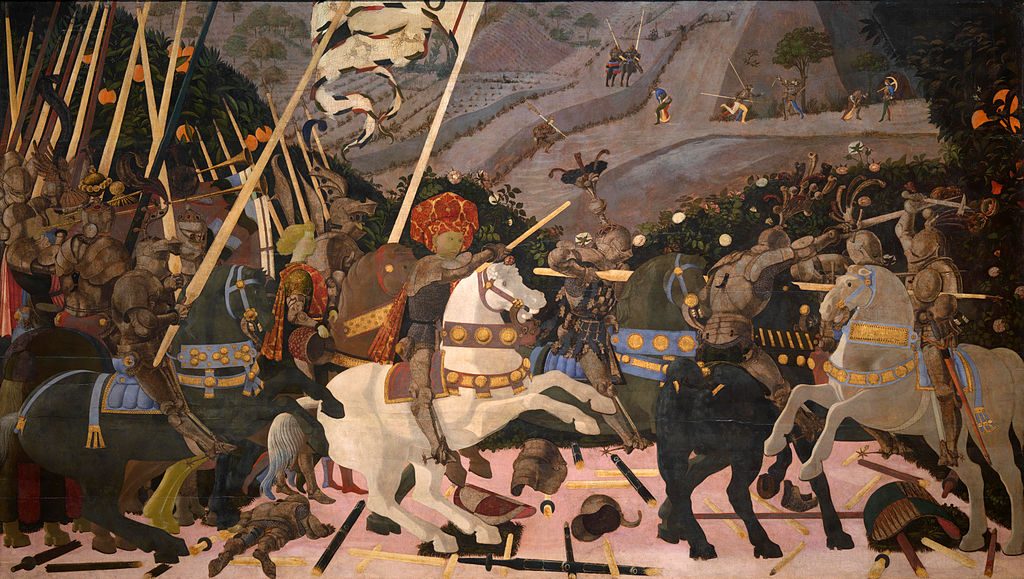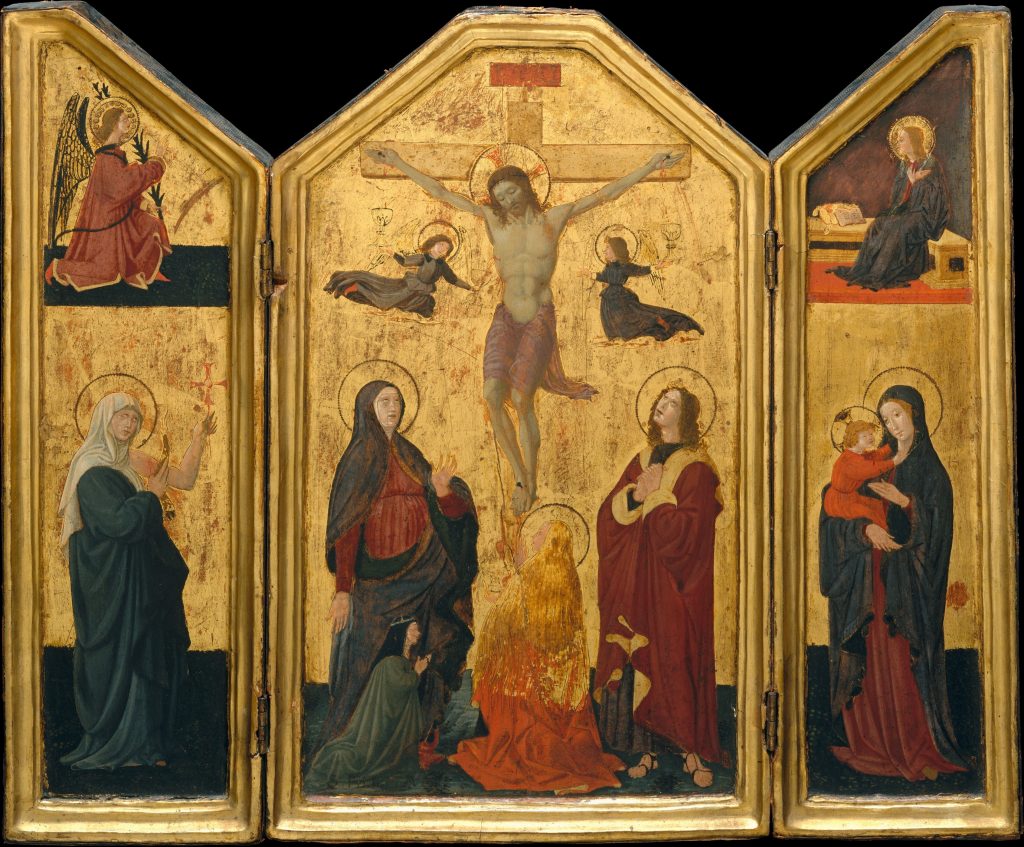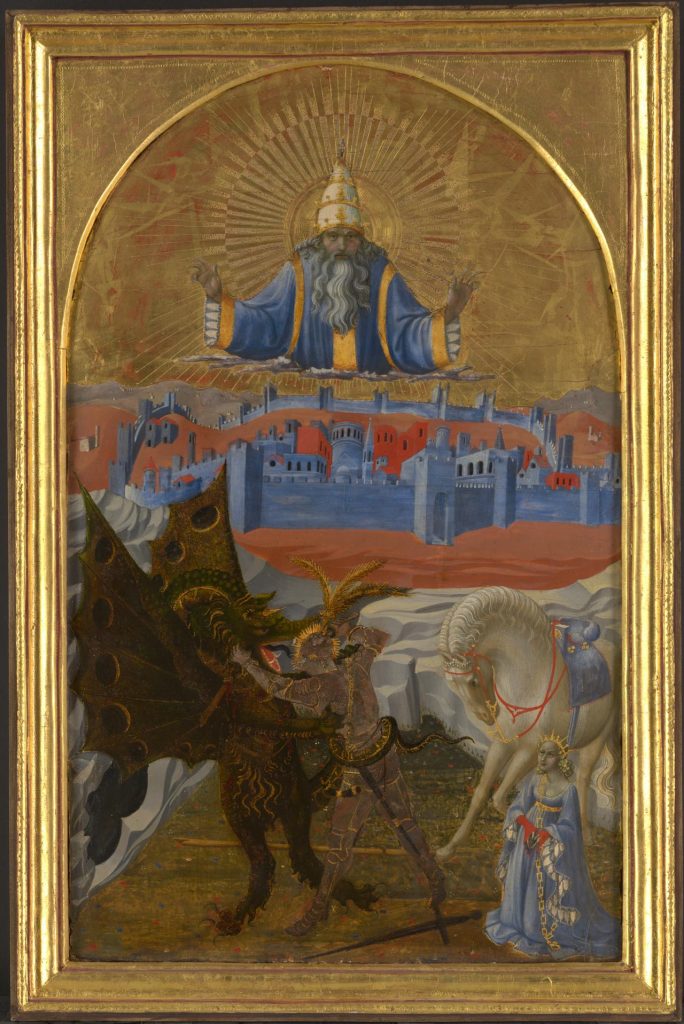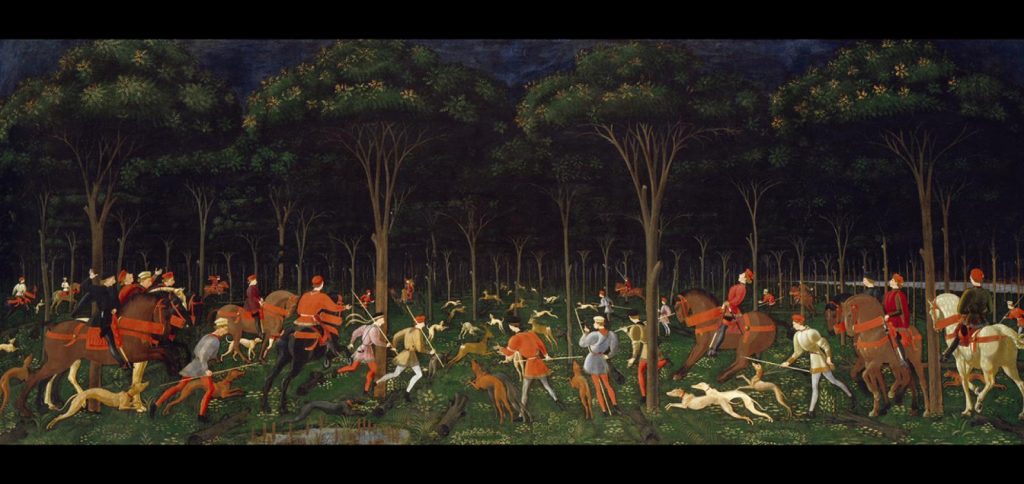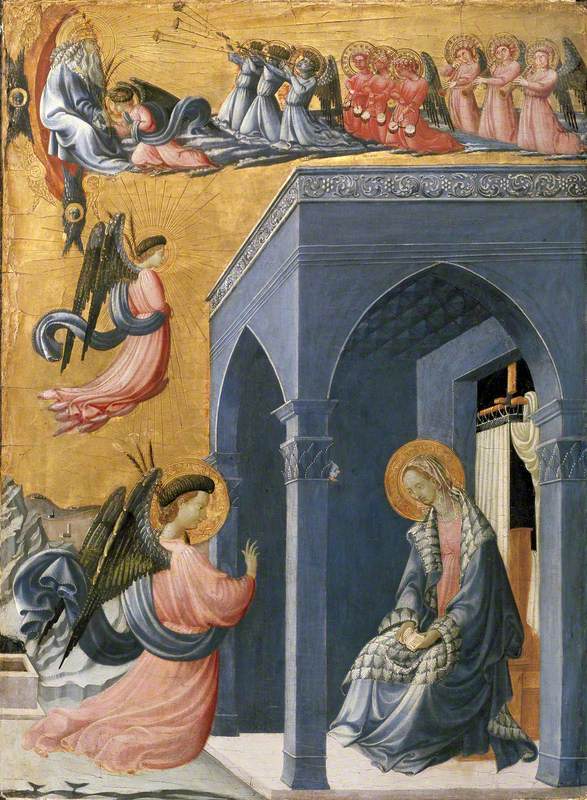Paul Klee was born on December 18, 1879, in Münchenbuchsee, Switzerland. He was a painter and draftsman best known for his use of colour and hue in simple and abstract shapes. He was influenced by Renaissance prints, Impressionist artists, and especially by the North African landscape which was the reason for his unrestricted use of colour. He produced many child-like pieces that appealed to the public and depicted different landscapes and emotions he experienced during WWI. From 1920 – 1931 Klee was hired at the Bauhaus school of modern design to lecture about the mechanics of art. After 1931, Klee resigned to the Dusseldorf Academy until 1933 when Hitler came into power.
While I don’t usually enjoy cubism or abstract art, I find that Klee has a unique art style that combines a number of movements that makes his work unique and appealing. I enjoy his use of colour and the shapes he creates in his pieces. Some of his pieces portray clearer subjects, such as in Three Houses and One Who Understands. I love the abstraction of fruit in his piece Suspended Fruit and the colour scheme of dark green and dull grey-red. His use of shades in Three Houses and the way he creates distance and a horizon just by using colour. The blue shades in the background look like they are fading into mountains and they whole piece has a very calm albeit melancholic feeling.

